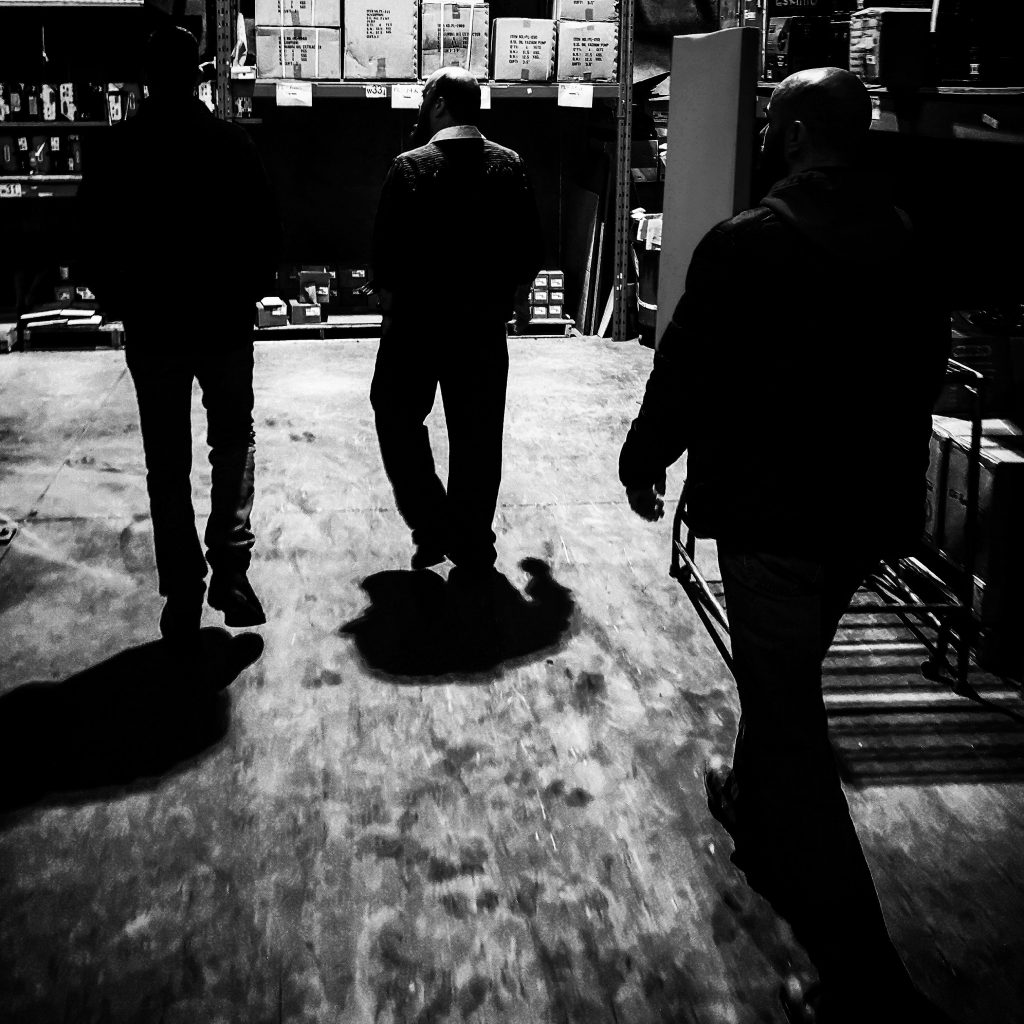
What is Modus CQC?
After years of training in different expressions of martial arts with some very talented teachers, MODUS CQC began taking shape when we realize that our responses to situations was rarely a reflection of our training. After much research and witnessing the same thing happening among other “Martial Artists”, we came to the conclusion that it was not a unique experience. We were led to two questions:
“Why doesn’t our response adequately reflect our training?”
“Why shouldn’t our training adequately reflect our response?”
Where did Modus CQC come from?
As one of our teachers so eloquently put it, “In fighting and fornicating there is nothing new; It has all been done.” With that being said, every method has been influenced by another; Modus CQC is no different. We have drawn from a variety of disciplines; elements of Japanese, South Eastern Asian, European, and Israeli traditions are all present.
We have also researched kinesiology, physiology, biomechanics, and physics to gain an understanding of the strengths and weaknesses of the human body and how it can be exploited. We apply these lessons to force-on-force drills. Much of what is seen reflects actual incidents. The result is something that has worked in real situations, the same way it works in the Lab (gym, dojo, etc.)
How is Modus CQC Different From Other Systems?
In fairness to other systems, we can only explain our methods.
We start with a foundation of Force Generation and Application (Not “The Force”); good old Accelerated Mass (F=MA) and then we look at how to apply said force. We start with the generation and application of force because without sufficient force, you will lack stopping power. Remove their capacity for violence; make them stop.
We keep everything as simple as possible. Simple is less likely to break down under pressure. Simple is easy; easy to learn, easy to retain, easy to maintain. In the moment of truth you want to be using methods that are easy for you, something you know you can do. Fewer options means more repetition of the same movements, which means you will be better at those movements. Twenty techniques that work very well on your worst day is better than 200 hundred techniques you can barely muster in training.
Our drills are structured in a way to be beneficial to all participants. We aim to be fluid in our transitions from technique to technique, and our drills are structured in a manner to avoid becoming a “Master of the Drills.”
